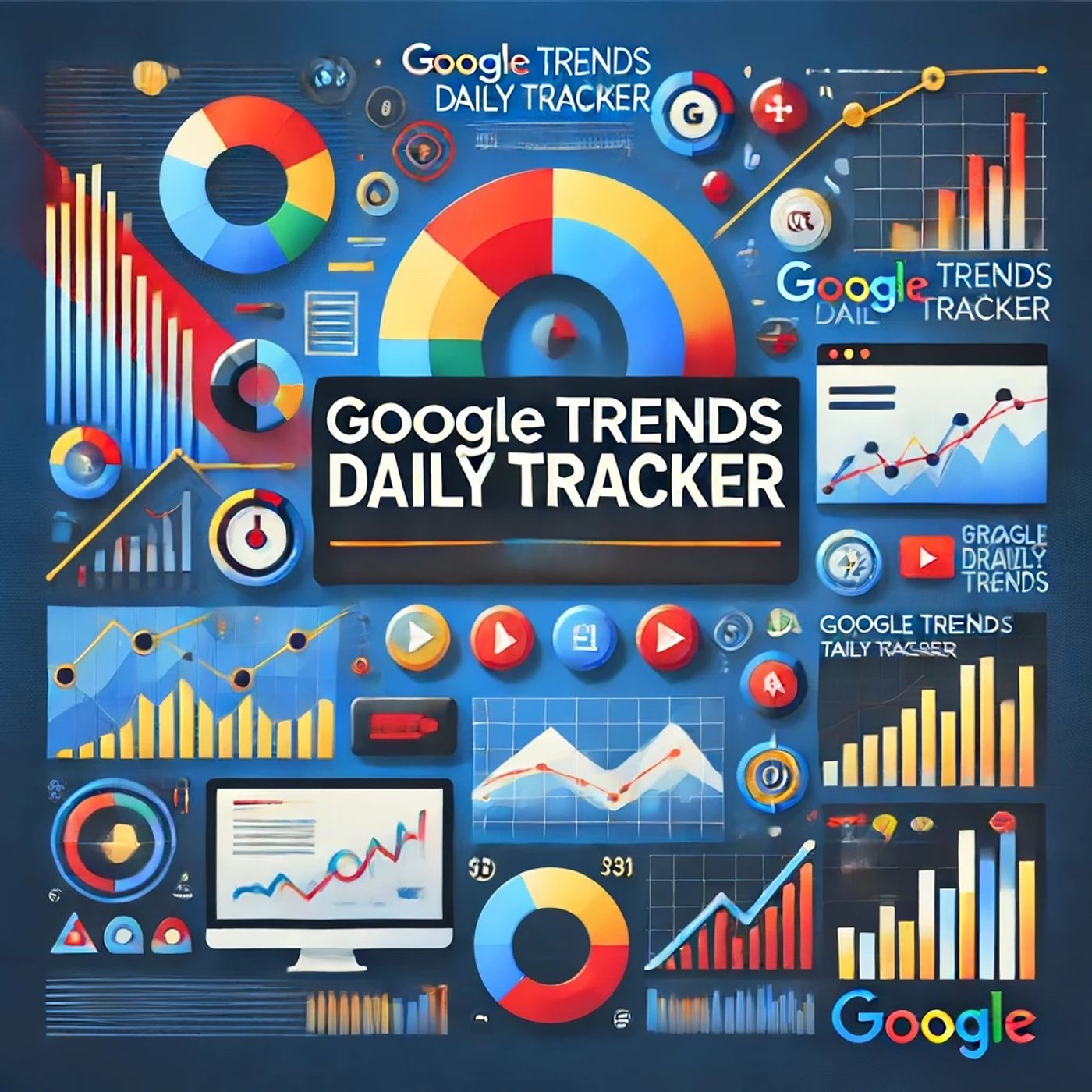Oct 31 2024 3 mins
In the dynamic world of digital consumption, understanding trends offers a fascinating glimpse into the collective psyche of internet users worldwide. When examining data from Google Trends, the aggregation, fluctuation, and regional interest around certain collections become particularly insightful, revealing what captures our curiosity at any given moment.
One such captivating exploration is the concept of "collection." This simple term unfolds a myriad of applications, ranging from material pursuits to digital ones, and even abstract perceptions of emotional and memory-driven collections. Google Trends data shows that the term "collection" sees periodic peaks coinciding with key commercial and cultural events throughout the year. In particular, interest surges during months leading up to fashion weeks or art exhibitions across global capitals. This indicates a fascination with tangible collections such as clothing, art, and memorabilia which often gain spotlight during these events.
Fashion collections are among the most alluring. The cyclical buzz around fashion weeks in New York, Paris, Milan, and London is palpable on Google Trends, where searches spike and regional interest maps densely highlight these fashion-forward cities. This aligns with the industry's calendar, underscoring the anticipation of consumers and industry watchers alike for new trends, collaborations, and the charismatic stories fashion tells through each collection.
Shifting to more digital landscapes, the term "collection" also captures the zeitgeist of digital curation platforms like Spotify, Netflix, and Pinterest. Google Trends reflects the increasing trend of creating personalized collections as a form of self-expression. Music playlists, movie watchlists, and mood boards represent a digital curation that consumers take pride in, and Google Trends indicates a rising interest in these activities. Data suggests this trend is emblematic of a broader movement towards personalization in how we consume and organize content online.
Yet, beyond fashion and digital landscapes, "collection" extends into the realm of memory and emotion. This concept becomes particularly poignant during seasons of nostalgia, like the end of the year or back-to-school periods. Google Trends often records an uptick in searches related to personal and emotional collections—scrapbooks, memory boxes, and even digital compilations of significant life moments are popular searches. This underscores a universal human desire to catalog and cherish experiences.
Interestingly, the geographical dispersion of these trends pinpoints cultural differences in consumption. While North American regions show a strong inclination towards digital collections, European countries reflect a richer engagement with cultural collections—museums, libraries, and historic sites, which see increased interest during tourist seasons as highlighted by Google Trends.
The multifaceted nature of collections, as depicted through the lens of Google Trends, offers an intriguing narrative about identity, culture, and consumption. As humans, we are innately driven to collect—not just objects, but experiences and knowledge, all of which help define our places within the world. This rich tapestry of human curiosity is clearly evident in our search behaviors, echoing an age-old sentiment that while the modes and mediums may evolve, our intrinsic desire to collect endures.
One such captivating exploration is the concept of "collection." This simple term unfolds a myriad of applications, ranging from material pursuits to digital ones, and even abstract perceptions of emotional and memory-driven collections. Google Trends data shows that the term "collection" sees periodic peaks coinciding with key commercial and cultural events throughout the year. In particular, interest surges during months leading up to fashion weeks or art exhibitions across global capitals. This indicates a fascination with tangible collections such as clothing, art, and memorabilia which often gain spotlight during these events.
Fashion collections are among the most alluring. The cyclical buzz around fashion weeks in New York, Paris, Milan, and London is palpable on Google Trends, where searches spike and regional interest maps densely highlight these fashion-forward cities. This aligns with the industry's calendar, underscoring the anticipation of consumers and industry watchers alike for new trends, collaborations, and the charismatic stories fashion tells through each collection.
Shifting to more digital landscapes, the term "collection" also captures the zeitgeist of digital curation platforms like Spotify, Netflix, and Pinterest. Google Trends reflects the increasing trend of creating personalized collections as a form of self-expression. Music playlists, movie watchlists, and mood boards represent a digital curation that consumers take pride in, and Google Trends indicates a rising interest in these activities. Data suggests this trend is emblematic of a broader movement towards personalization in how we consume and organize content online.
Yet, beyond fashion and digital landscapes, "collection" extends into the realm of memory and emotion. This concept becomes particularly poignant during seasons of nostalgia, like the end of the year or back-to-school periods. Google Trends often records an uptick in searches related to personal and emotional collections—scrapbooks, memory boxes, and even digital compilations of significant life moments are popular searches. This underscores a universal human desire to catalog and cherish experiences.
Interestingly, the geographical dispersion of these trends pinpoints cultural differences in consumption. While North American regions show a strong inclination towards digital collections, European countries reflect a richer engagement with cultural collections—museums, libraries, and historic sites, which see increased interest during tourist seasons as highlighted by Google Trends.
The multifaceted nature of collections, as depicted through the lens of Google Trends, offers an intriguing narrative about identity, culture, and consumption. As humans, we are innately driven to collect—not just objects, but experiences and knowledge, all of which help define our places within the world. This rich tapestry of human curiosity is clearly evident in our search behaviors, echoing an age-old sentiment that while the modes and mediums may evolve, our intrinsic desire to collect endures.
